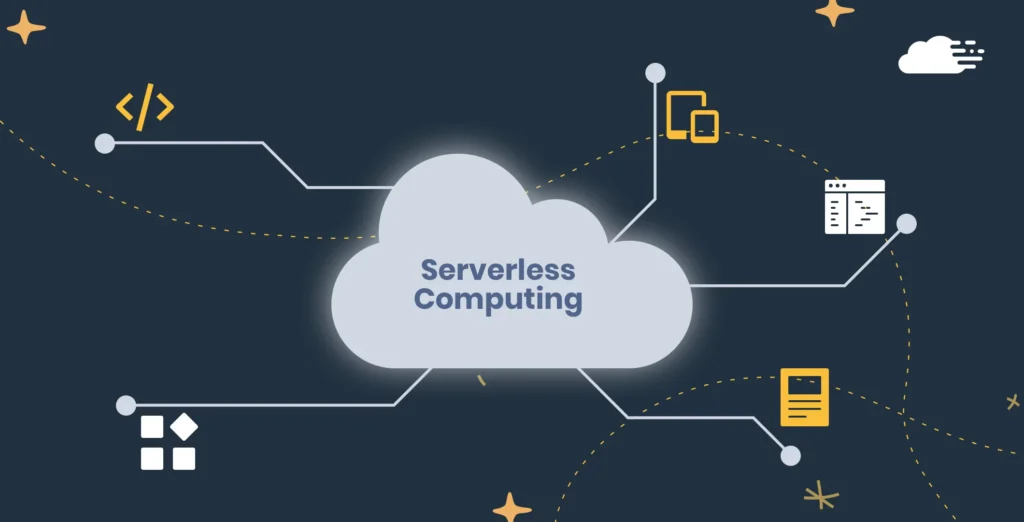Introduction
With cyber threats evolving daily, traditional security models are no longer sufficient. Organizations can no longer rely on perimeter-based defenses alone. Zero Trust Security is the modern cybersecurity approach that assumes no user or device is trustworthy by default—even inside the network.
What is Zero Trust Security?
Zero Trust is a security framework that enforces the principle of “never trust, always verify.” Instead of assuming that users inside the corporate network are safe, Zero Trust continuously authenticates and authorizes every access request based on multiple factors.
Key Principles of Zero Trust
Verify Every User & Device – Multi-Factor Authentication (MFA) and endpoint verification ensure only authorized users gain access.
Least Privilege Access – Users only get access to the minimum resources required for their tasks.
Micro-Segmentation – The network is divided into smaller, secure zones to contain potential breaches.
Continuous Monitoring – AI-driven analytics detect suspicious activity in real time.
Assume Breach – Security teams operate under the assumption that breaches can and will happen, ensuring proactive threat detection.
Why Zero Trust Matters
1. Protects Against Insider Threats
Employees, contractors, and even privileged users are not automatically trusted.
Example: A disgruntled employee trying to access confidential data will be blocked without proper authorization.
2. Mitigates the Impact of Ransomware & Cyber Attacks
Attackers cannot move laterally within the network due to micro-segmentation.
Example: If a hacker compromises one server, Zero Trust prevents them from accessing other critical systems.
3. Secures Remote Work & Cloud Environments
VPNs alone are not enough—Zero Trust ensures secure access from anywhere.
Example: A remote employee accessing company files from a personal laptop will face strict authentication checks.
4. Enhances Compliance & Data Protection
Meets regulations like GDPR, HIPAA, and CISA Zero Trust Maturity Model.
Example: Financial institutions use Zero Trust to prevent unauthorized access to customer data.
How to Implement Zero Trust in Your Organization
Identify Critical Assets – Protect sensitive data, applications, and infrastructure.
Enforce Strong Authentication – Use MFA and device-based access policies.
Limit User Access – Apply Role-Based Access Control (RBAC) and Privileged Access Management (PAM).
Segment Your Network – Prevent attackers from moving freely inside the system.
Monitor & Respond to Threats – Use AI and security analytics for real-time attack detection.
Final Thoughts
Zero Trust Security is no longer optional—it’s a must-have strategy for enterprises looking to protect against sophisticated cyber threats. By shifting from implicit trust to continuous verification, organizations can build a resilient and future-proof security model.



